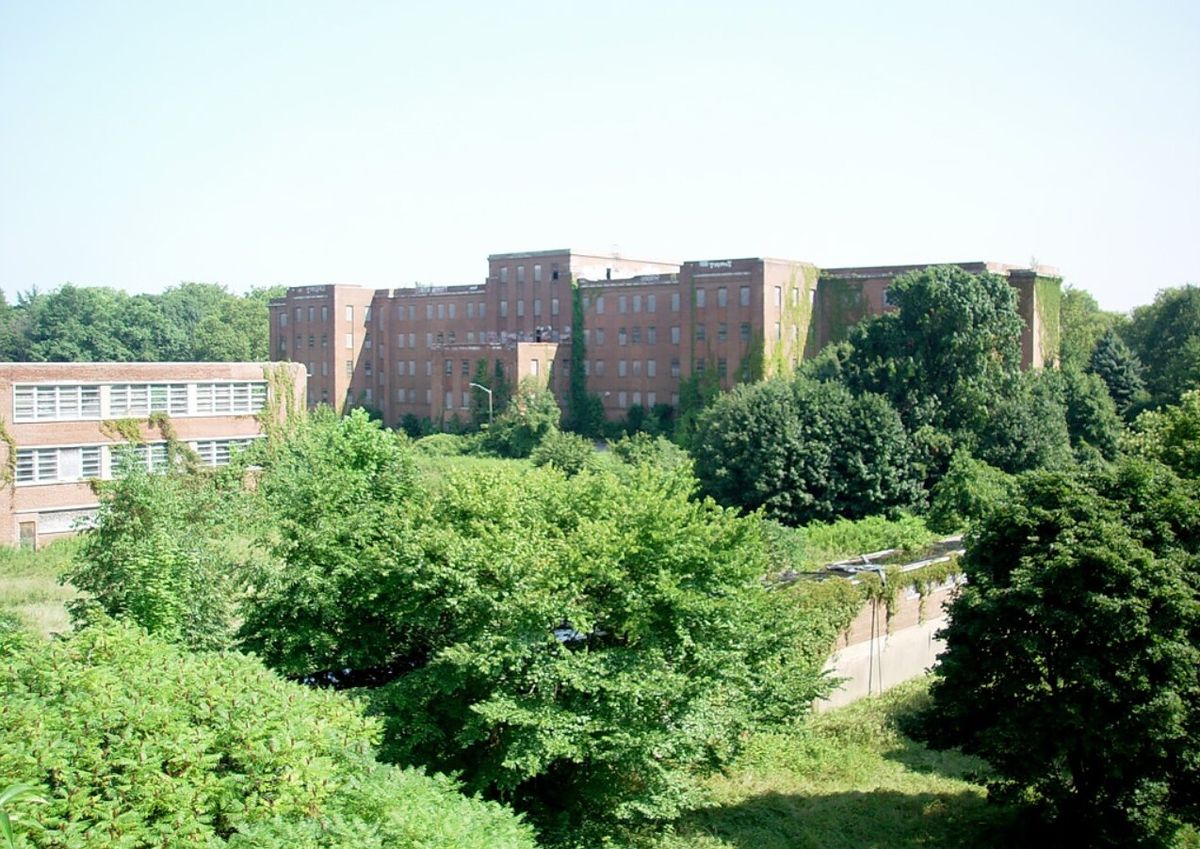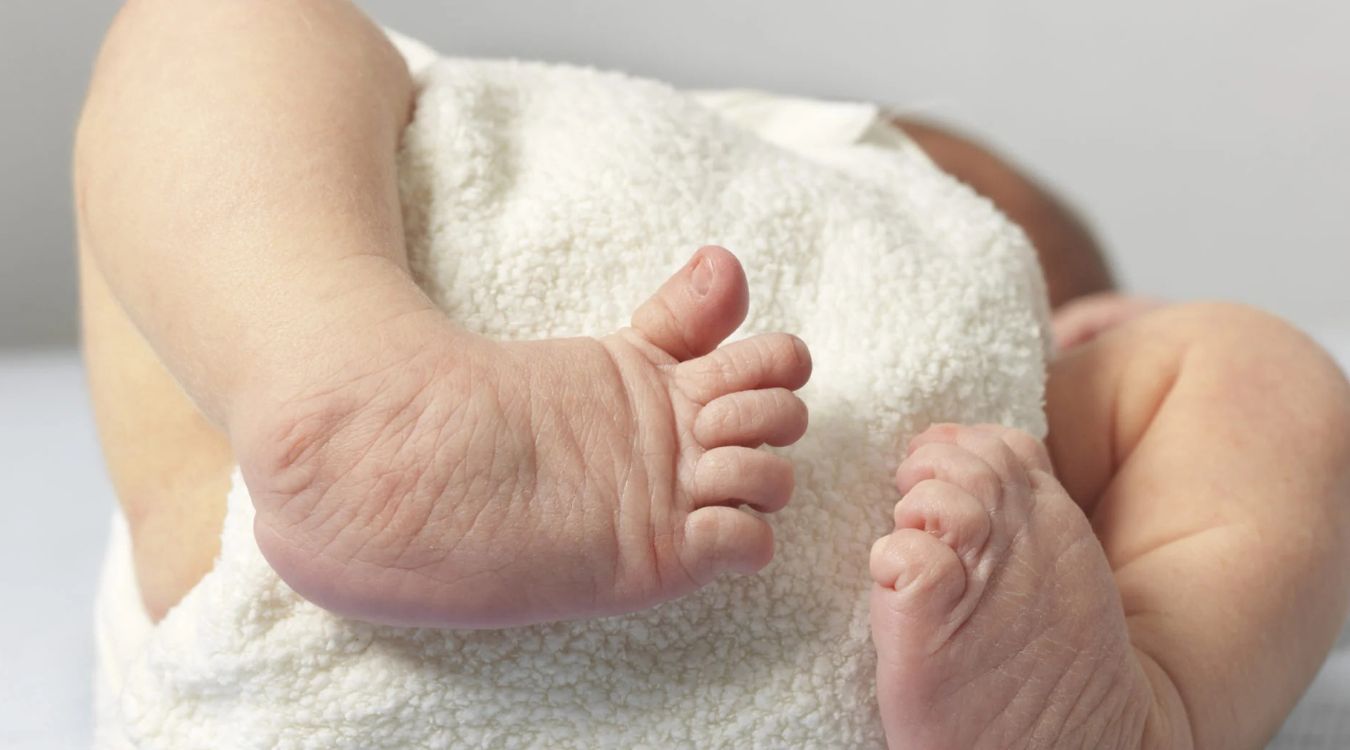
Byberry Mental Hospital, once a bustling psychiatric facility in Philadelphia, holds a dark and intriguing history. Opened in 1907, it aimed to provide care for the mentally ill but soon became infamous for overcrowding, neglect, and abuse. By the 1940s, the hospital housed over 7,000 patients, far exceeding its capacity. Reports of inhumane conditions and mistreatment surfaced, leading to public outrage. In 1990, after years of controversy, the hospital finally closed its doors. Today, Byberry stands as a haunting reminder of past mental health practices. Explore these 41 facts to uncover the eerie and often shocking truths about this notorious institution.
Key Takeaways:
- Byberry Mental Hospital, once a beacon of hope, became a symbol of neglect and mistreatment, sparking advocacy for mental health reform and inspiring media portrayals.
- The closure of Byberry marked a turning point in mental health care, highlighting the need for humane treatment and shaping the future of mental health advocacy and policy.
Byberry Mental Hospital: A Glimpse into History
Byberry Mental Hospital, officially known as the Philadelphia State Hospital at Byberry, has a storied past filled with both intrigue and controversy. Located in Philadelphia, Pennsylvania, this institution was operational for nearly a century. Here are some fascinating facts about Byberry Mental Hospital.
-
Opened in 1907: Byberry Mental Hospital began its operations in 1907, initially intended to alleviate overcrowding in other state hospitals.
-
Named After the Byberry Neighborhood: The hospital was named after the Byberry neighborhood in Northeast Philadelphia, where it was located.
-
Originally a Working Farm: The hospital grounds initially included a working farm where patients could engage in therapeutic labor.
The Dark Side of Byberry
Despite its initial intentions, Byberry Mental Hospital became infamous for its poor conditions and mistreatment of patients. Here are some unsettling facts about its darker side.
-
Overcrowding Issues: By the 1940s, the hospital was severely overcrowded, housing over 7,000 patients in facilities designed for far fewer.
-
Understaffed and Underfunded: Chronic understaffing and lack of funding led to deplorable living conditions for patients.
-
Reports of Abuse: Numerous reports surfaced over the years detailing physical and mental abuse of patients by staff members.
-
Unsanitary Conditions: Patients often lived in unsanitary conditions, with inadequate access to hygiene facilities and proper medical care.
Notable Incidents and Scandals
Byberry Mental Hospital was the site of several notable incidents and scandals that drew public attention and outrage.
-
1946 Life Magazine Exposé: A 1946 exposé in Life Magazine brought national attention to the horrific conditions at Byberry.
-
Patient Escapes: Over the years, there were several instances of patients escaping the hospital, sometimes leading to tragic outcomes.
-
Investigations and Reforms: Multiple investigations were conducted, leading to some reforms, but conditions remained poor.
The Hospital's Closure
The eventual closure of Byberry Mental Hospital marked the end of an era, but it was a long and complicated process.
-
Closure Announced in 1985: The state announced plans to close the hospital in 1985, citing ongoing issues and the need for better mental health care solutions.
-
Final Closure in 1990: Byberry Mental Hospital officially closed its doors in 1990, with patients being transferred to other facilities.
-
Demolition of Buildings: Many of the hospital's buildings were demolished in the years following its closure, though some structures still remain.
Legacy and Cultural Impact
Byberry Mental Hospital has left a lasting legacy, influencing both public perception of mental health care and popular culture.
-
Haunted Reputation: The hospital is often cited as one of the most haunted places in Pennsylvania, attracting paranormal enthusiasts.
-
Inspiration for Media: Byberry has inspired numerous books, documentaries, and even horror films, cementing its place in popular culture.
-
Advocacy for Mental Health Reform: The hospital's troubled history has spurred ongoing advocacy for mental health care reform.
The Human Element
Behind the statistics and scandals, Byberry Mental Hospital was home to thousands of individuals with their own stories and experiences.
-
Patient Stories: Many former patients and their families have shared their personal stories, shedding light on the human impact of the hospital's conditions.
-
Staff Experiences: Former staff members have also come forward with their own accounts, providing a more nuanced view of life at Byberry.
-
Community Impact: The hospital's presence had a significant impact on the surrounding community, both during its operation and after its closure.
Architectural and Environmental Aspects
The physical structure and environment of Byberry Mental Hospital played a significant role in its history and legacy.
-
Sprawling Campus: The hospital's campus covered over 1,300 acres, making it one of the largest mental health facilities in the country.
-
Architectural Style: The buildings featured a mix of architectural styles, including Colonial Revival and Art Deco.
-
Environmental Concerns: The hospital's closure raised environmental concerns, particularly regarding the disposal of medical waste and hazardous materials.
Byberry in the Modern Era
Even after its closure, Byberry Mental Hospital continues to be a topic of interest and debate.
-
Urban Exploration: The abandoned hospital has become a popular site for urban explorers, despite the dangers and legal risks.
-
Redevelopment Plans: Various redevelopment plans have been proposed for the site, though many have faced challenges and delays.
-
Historical Preservation: Efforts have been made to preserve some of the hospital's history, including the creation of memorials and historical markers.
The Broader Context of Mental Health Care
Byberry Mental Hospital's history reflects broader trends and challenges in the field of mental health care.
-
Shift to Community-Based Care: The closure of Byberry was part of a larger shift towards community-based mental health care, aimed at providing more humane and effective treatment.
-
Ongoing Challenges: Despite progress, many of the issues that plagued Byberry, such as underfunding and stigma, continue to affect mental health care today.
-
Lessons Learned: The history of Byberry offers important lessons for policymakers, healthcare providers, and advocates working to improve mental health care.
Noteworthy Figures
Several notable figures have been associated with Byberry Mental Hospital over the years.
-
Dr. Charles W. Burr: Dr. Burr was the hospital's first superintendent, serving from 1907 to 1920.
-
Dorothea Dix: Although she was not directly involved with Byberry, the hospital's establishment was influenced by the broader mental health reform movement led by Dorothea Dix.
-
Albert Deutsch: Journalist Albert Deutsch's work in the 1940s helped bring attention to the conditions at Byberry and other mental health institutions.
The Role of Media
Media coverage played a crucial role in shaping public perception of Byberry Mental Hospital.
-
Life Magazine: The 1946 Life Magazine exposé was a turning point in public awareness of the hospital's conditions.
-
Local News Coverage: Local newspapers and television stations frequently reported on incidents and scandals at Byberry.
-
Documentaries: Several documentaries have been made about Byberry, exploring its history and legacy in depth.
The Human Rights Perspective
Byberry Mental Hospital's history raises important questions about human rights and the treatment of vulnerable populations.
-
Patient Rights: The hospital's conditions highlighted the need for stronger protections for the rights of mental health patients.
-
Advocacy Movements: The abuses at Byberry helped fuel advocacy movements for mental health reform and patient rights.
-
Legal Reforms: Legal reforms in the wake of Byberry's scandals aimed to improve oversight and accountability in mental health care.
The Future of Mental Health Care
The legacy of Byberry Mental Hospital continues to influence the future of mental health care.
-
Innovative Treatments: Advances in mental health treatment and care are informed by the lessons learned from institutions like Byberry.
-
Policy Changes: Policymakers continue to grapple with the challenges of providing effective and humane mental health care.
-
Public Awareness: Increased public awareness and understanding of mental health issues are crucial for preventing the kinds of abuses that occurred at Byberry.
-
Ongoing Research: Researchers study the history of Byberry and similar institutions to better understand the complexities of mental health care and improve future practices.
The Legacy of Byberry Mental Hospital
Byberry Mental Hospital's history is a mix of tragedy, controversy, and lessons. Opened in 1907, it aimed to provide care but soon became infamous for overcrowding and abuse. The hospital's closure in 1990 marked the end of an era, but its legacy lives on. Stories of neglect and inhumane conditions serve as a stark reminder of the importance of mental health reform. Byberry's tale isn't just about a place; it's about the people who suffered and the need for compassionate care. As we reflect on its past, let's advocate for better mental health services today. The hospital may be gone, but the lessons it taught us remain crucial. Remembering Byberry helps ensure such mistakes aren't repeated.
Frequently Asked Questions
Was this page helpful?
Our commitment to delivering trustworthy and engaging content is at the heart of what we do. Each fact on our site is contributed by real users like you, bringing a wealth of diverse insights and information. To ensure the highest standards of accuracy and reliability, our dedicated editors meticulously review each submission. This process guarantees that the facts we share are not only fascinating but also credible. Trust in our commitment to quality and authenticity as you explore and learn with us.


